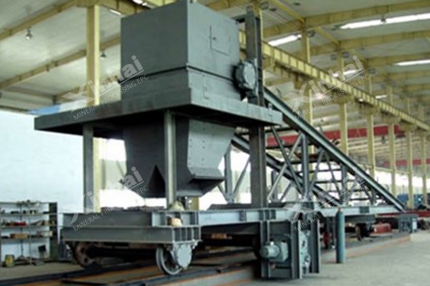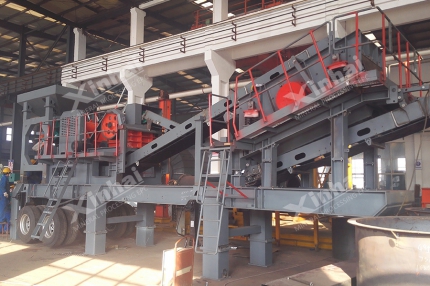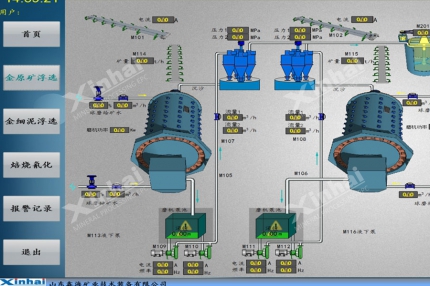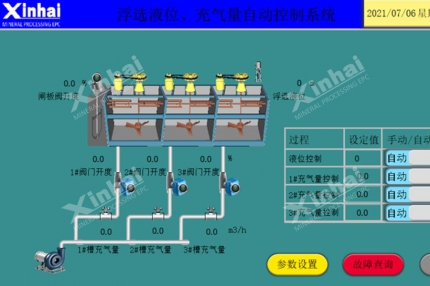Magnetic separation pulls magnetic stuff out of a mix using a magnetic field. In the mining industry, magnetic separation is important in sorting ores like iron, manganese, chromite, and ilmenite.
Get the right magnetic separator machine, and you can seriously up the ore quality and grab more of the good stuff. That makes operations smoother and keeps costs down. Wanna dig into how it works, what makes it great, the coolest equipment, or some must-know tips? Stick around to find out how magnetic separation shakes up mineral processing!
Use the table of contents below to navigate through the guide:
01What Is Magnetic Separation In Mineral Processing?
In mineral processing, magnetic separation is a method of separating minerals based on their magnetism. It utilizes differences in magnetic susceptibility between various minerals to separate and recover valuable resources from mixtures.
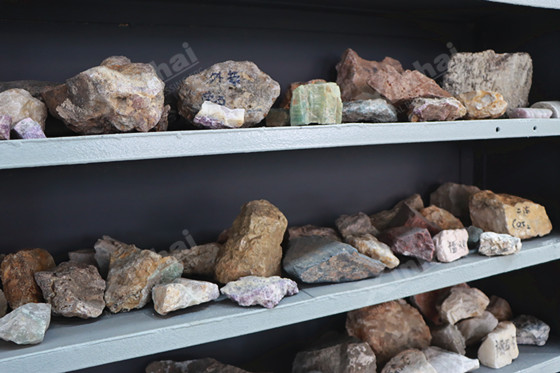
Minerals can be divided into three basic magnetic types, and each type can be accurately separated using magnetic separation equipment. Their specific characteristics and separation performance are as follows:
(1)Paramagnetic minerals: These minerals have a weak response to magnetic fields. They only move slowly toward magnetic concentration zones along magnetic flux lines under the influence of magnetic fields and cannot be strongly adsorbed by high-intensity magnetic fields. Typical paramagnetic minerals in industry include hematite, ilmenite, and chromite.
(2)Ferromagnetic minerals: These minerals have strong magnetic alignment capabilities and can be quickly and firmly adsorbed even in low-intensity magnetic fields. Magnetite is a typical example. Such minerals do not require complex magnetic field enhancement devices and can be efficiently separated using conventional low-intensity magnetic separation equipment (e.g., drum-type low-intensity magnetic separators). They are the mineral type with the highest recovery rate and lowest processing cost in industrial magnetic separation processes.
(3)Diamagnetic minerals: These minerals exhibit a weak repulsive property toward strong magnetic fields, with silica being a typical example. When an external magnetic field is applied, diamagnetic minerals induce a magnetic moment opposite to the direction of the applied field, resulting in a slight repulsive force. Eventually, they move away from magnetic concentration zones and are often separated as "non-target tailings" in magnetic separation processes.
The core principle of mineral magnetic separation is based on the competition and balance between three key forces: magnetic force, gravitational or inertial force, and interparticle attractive and repulsive forces. The combination of these forces determines the outcome of any given magnetic separation process and is greatly influenced by the properties of the feed material (e.g., particle size distribution, magnetic susceptibility, and other physical and chemical characteristics).
02Two Core Application Scenarios of Magnetic Separation
In mineral processing workflows, magnetic separation mainly serves two core application scenarios, both centered on "accurate separation and ensuring production efficiency". Their specific application methods and values are as follows:
1. Ferrous impurity removal: Avoiding risks in subsequent processes
Raw ore often comes with pesky iron bits, like scrap metal from mining gear or loose iron in the rock. These troublemakers can mess up later steps like crushing, grinding, or flotation. Think worn-out crusher liners, busted ball mill balls, or chemicals getting hijacked during flotation, making it tough to sort out the good minerals. In the industry, low-intensity magnetic separation is the go-to fix. Picture simple gear like permanent magnetic drum separators or suspended magnets hanging over conveyor belts—say, right at the belt's head. With a weak magnetic field (under 1,000 Oersteds), they snatch up iron bits quickly.

2. Magnetic mineral separation: Realizing target mineral enrichment
For ore mixtures with significant differences in mineral magnetism, magnetic separation machine can accurately separate strongly magnetic minerals from weakly magnetic/non-magnetic minerals by adjusting magnetic field intensity, achieving enrichment and purification of target minerals.
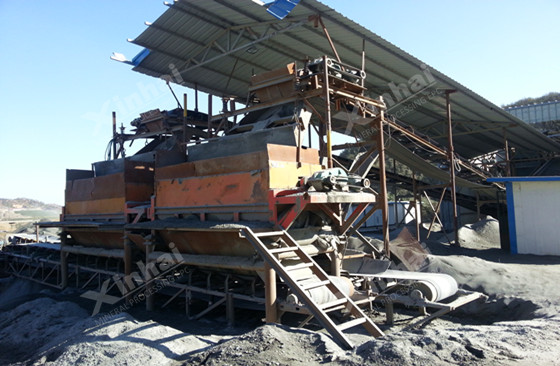
03How to Choose the Right Magnetic Separation Equipment?
In mineral processing, picking the right magnetic separation equipment is crucial. It affects how well a production line works, the quality of the final product, and overall costs. I will uses a basic checklist. It covers technical basics, practical tips, and ways to avoid problems. It aims to help make smart choices.
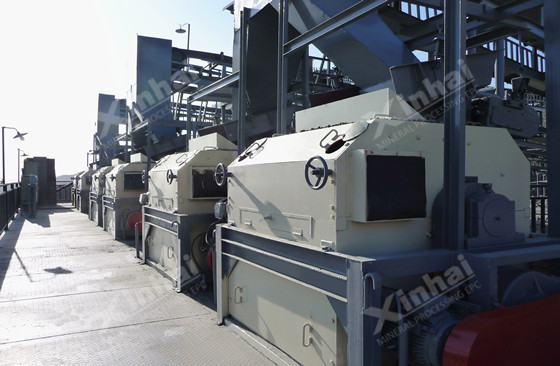
1. Define Objectives
Start by figuring out what you want. Are you trying to grab the main mineral or get rid of iron bits? You need to pin down specific goals.
2. Conduct Magnetic and Pilot Tests
Test the mineral’s magnetic strength first. You also need to check how the magnetic bits are spread in the ore. Then, run small-scale tests to mimic real conditions. These tests try out different equipment, tweak settings, and check if other minerals mess things up. This avoids bad data.
Relying on advanced testing equipment and an experienced professional team, Xinhai is not only able to carry out precise lab-scale tests but also has the comprehensive ability to conduct pilot-scale tests, providing reliable guarantees for process design and production.
3. Determine Particle Size
Make sure the mineral is freed up properly. This is key for good separation. A gold mine might grind ore, screen it, and test it in a loop to find the right size. Then, based on that size and how much mud is in the ore, they set a plan for sorting. Too much mud can clog things up, so this step matters.
4. Dry vs. Wet Magnetic Separation
Dry magnetic separation doesn’t need water. It’s great for ores with low mud (
5. Set Magnetic Field Strength
Match the magnetic strength to the mineral. Run tests like LIMS, MIMS, WHIMS, HGMS, or RER to find the right level. Common Magnetic Minerals and Corresponding Separation Field Intensity Ranges:
| Mineral Type | Typical Mineral Examples | Required Field Strength Range (Gauss/Tesla) | Suitable Magnetic Separation Equipment Type |
| Strongly Magnetic Minerals | Magnetite, Pyrrhotite, Ilmenite | 200 – 2,000 Gauss (0.02 – 0.2 T) | Low-intensity magnetic separator (Magnetic Drum) |
| Medium-Magnetic Minerals | Chromite, Manganese ore, Pseudorutile | 2,000 – 6,000 Gauss (0.2 – 0.6 T) | Medium-intensity magnetic separator(Magnetic Separator) |
| Weakly Magnetic Minerals | Hematite, Siderite, Limonite, Martite | 6,000 – 15,000 Gauss (0.6 – 1.5 T) | High-intensity magnetic separator(Dry Magnetic Separator) |
| Non-Magnetic Minerals | Feldspar, Quartz, Xenotime | Requires no specific field strength (discharged with tailings) | — |
6. Media and Process Flow
Use a multi-step process: roughing, scavenging, and cleaning. Combine steps in series or parallel as needed. Sometimes, extra steps like roasting, gravity separation, or flotation help. This depends on the ore and what you’re after.
7. Operating Parameters
Tweak settings like slurry thickness, flow speed, magnetic strength, current, pulse rate, and flushing schedule. A plant manager might notice a 10% efficiency boost by slowing the slurry flow. These tweaks make the equipment hum along smoothly.
8. OPEX & Maintenance
Think about ongoing costs and upkeep. Cleaning or replacing media, power use, water recycling, automation, and safety all add up. Regular checks keep things running without hiccups.
Every mine’s different, so tweak these steps to fit your setup. That’s how you get the best results.
04Examples of Magnetic Separation
Xinhai has focused on the mining industry for over 30 years and has successfully delivered full industrial chain services for more than 500 projects worldwide. With rich experience, Xinhai mining not only provides complete sets of mining and mineral processing equipment but also ensures the reliable supply of supporting materials. The following three cases show the effective application of magnetic separation technology in practical projects.
☞ Zimbabwe 2 Million t/a Spodumene Ore Processing Plant
☞ Shanxi 1,200t/d Iron Mineral Processing Plant
☞ Shandong 1 Million t/a Zirconium-Titanium Ore Project


 marketing@ytxinhai.com
marketing@ytxinhai.com  0086 13810327080
0086 13810327080 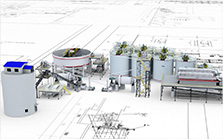
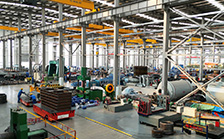
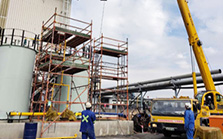


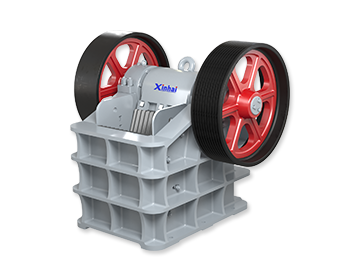
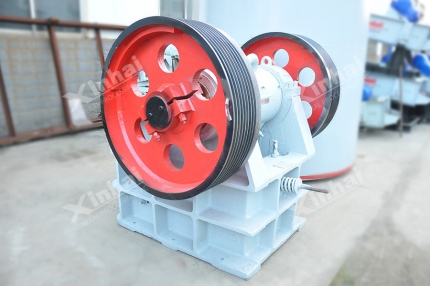

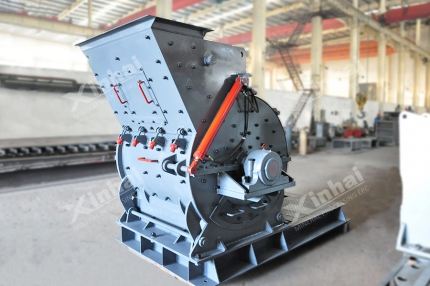
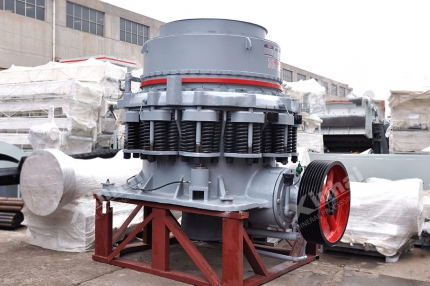
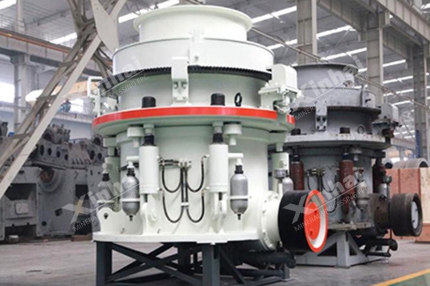
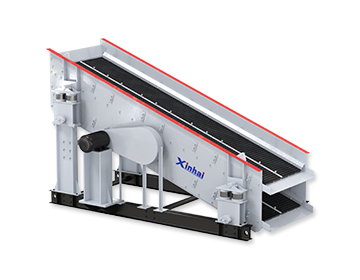
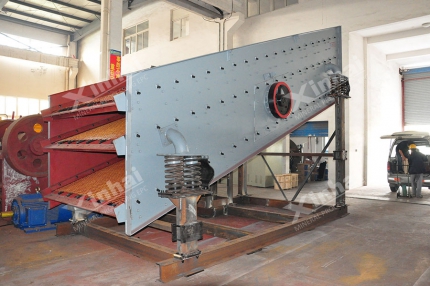
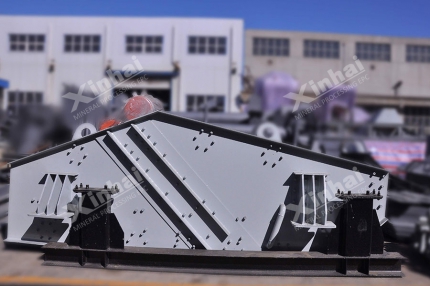
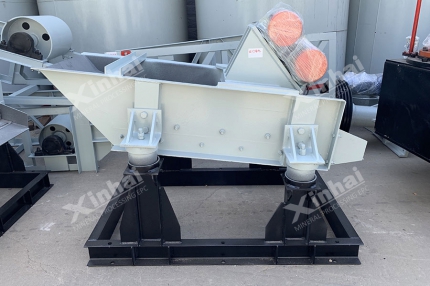
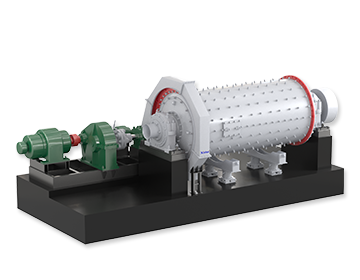
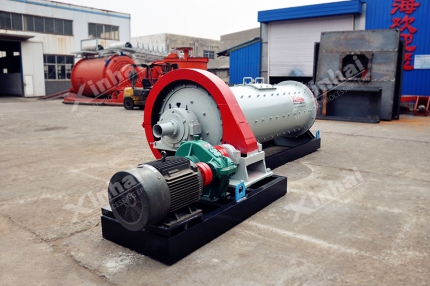
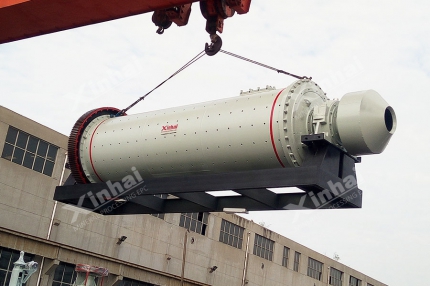
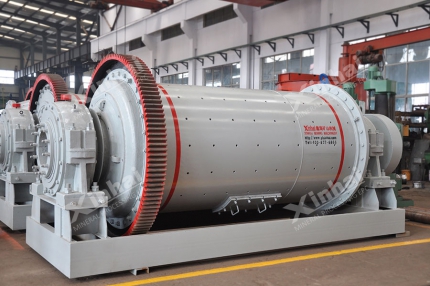

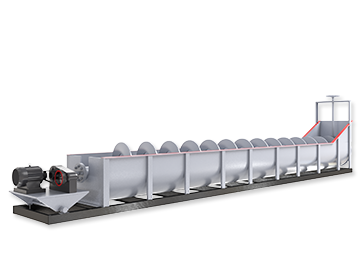
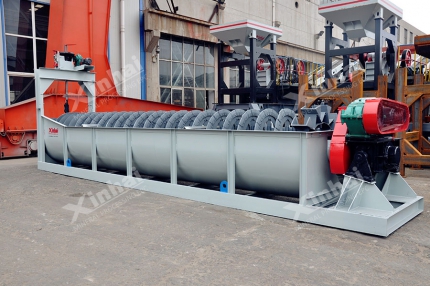

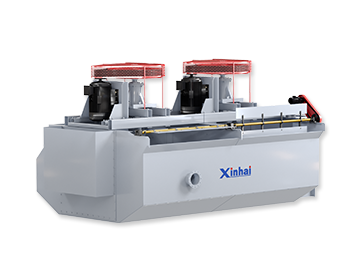
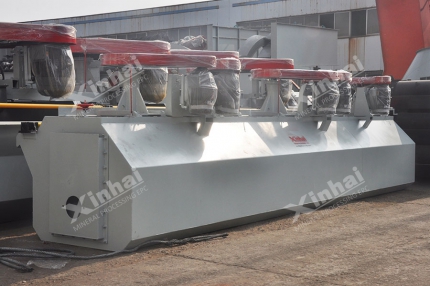
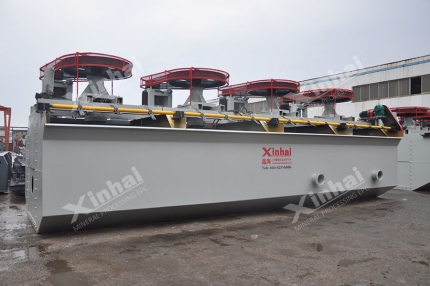
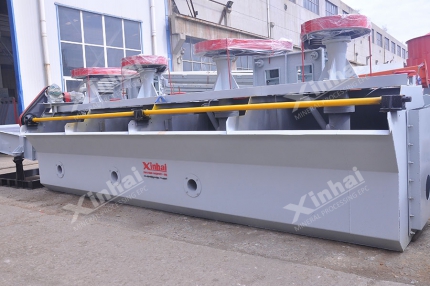
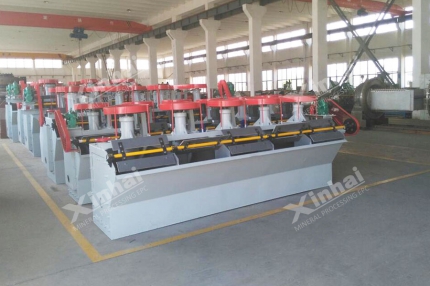
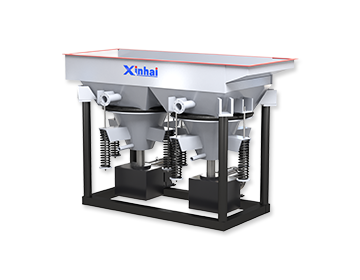
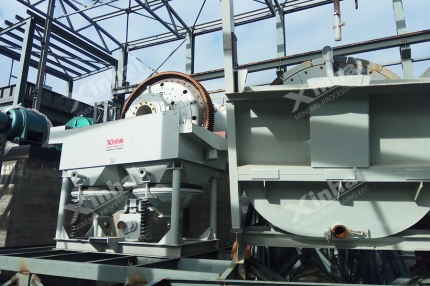
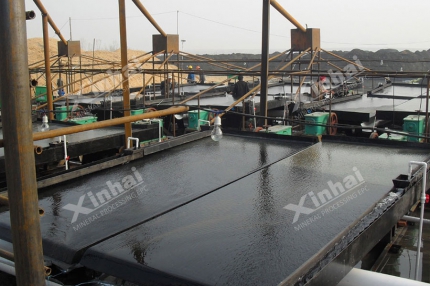
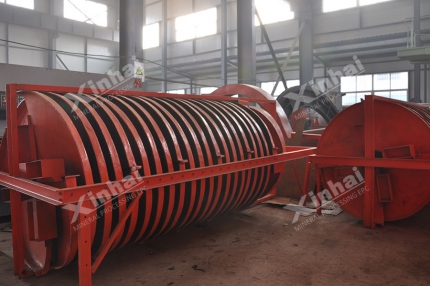
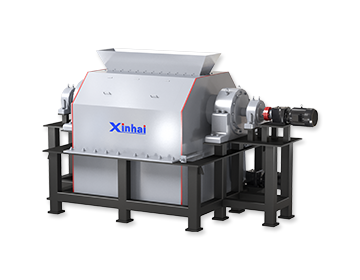
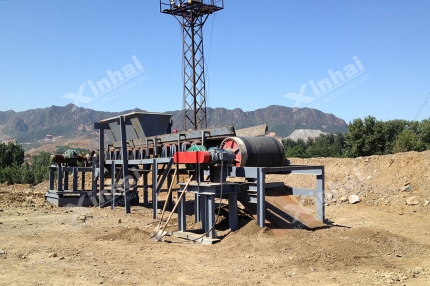
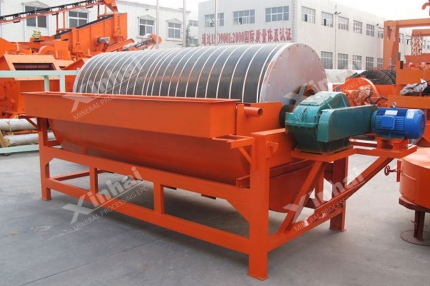
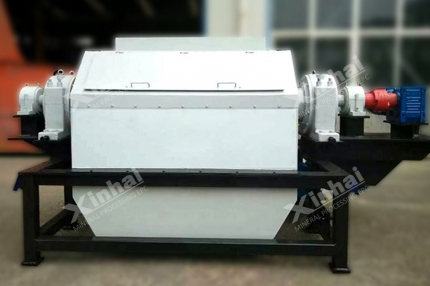
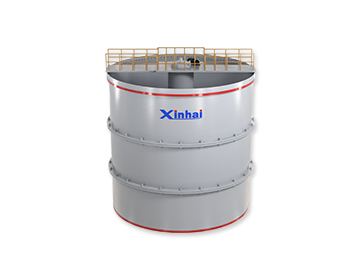
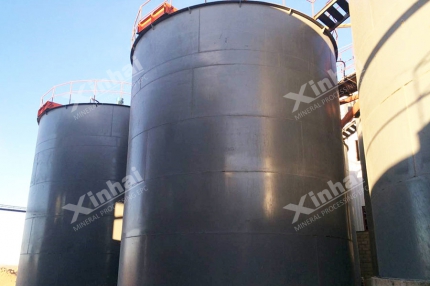
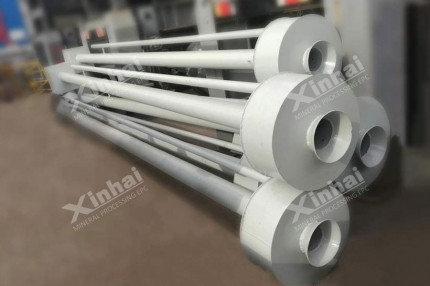
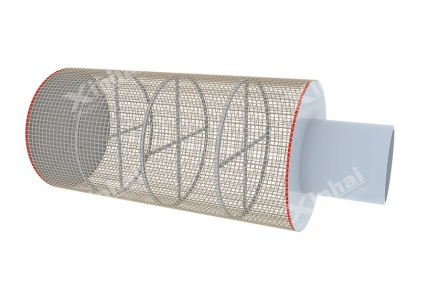
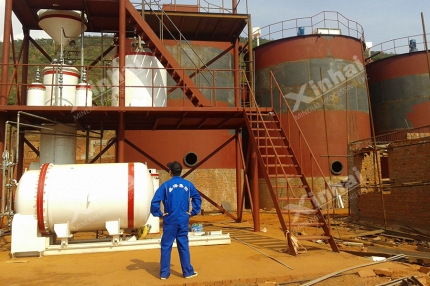
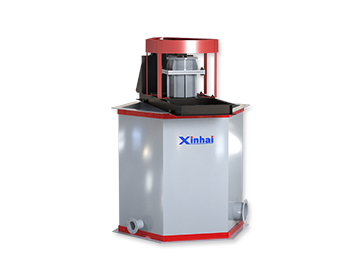
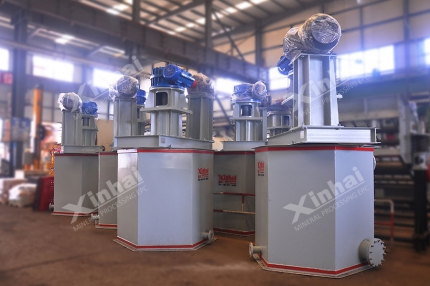
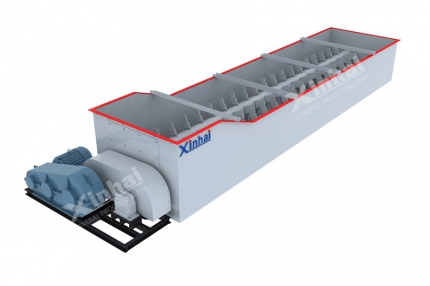
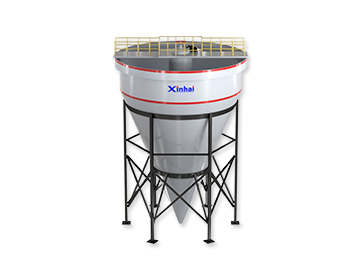
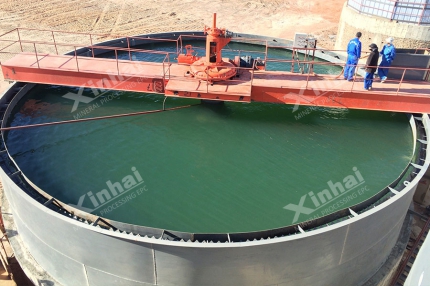
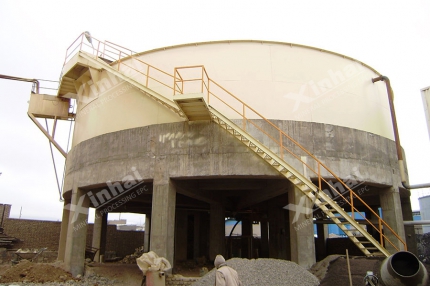
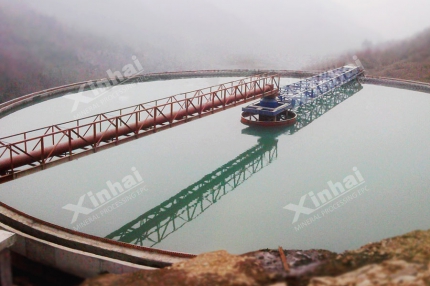
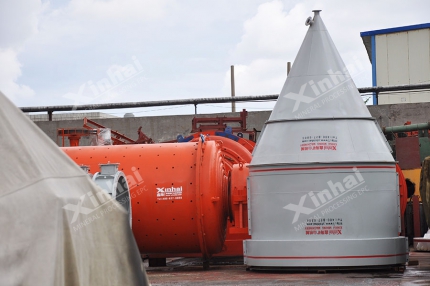
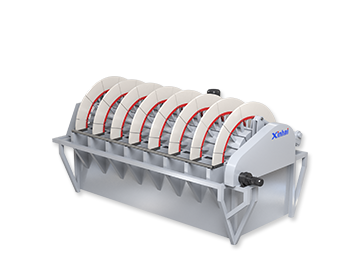
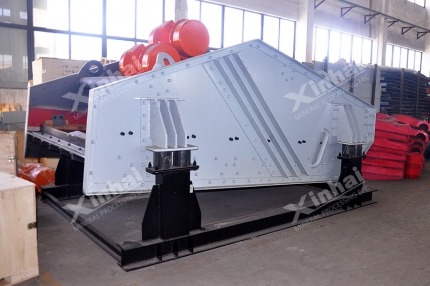
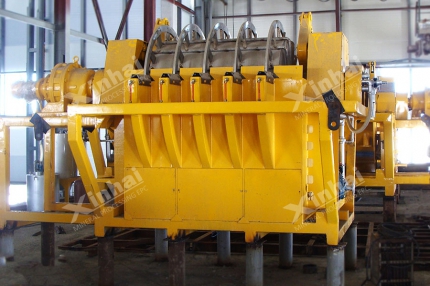
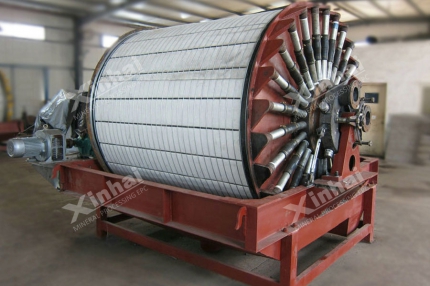
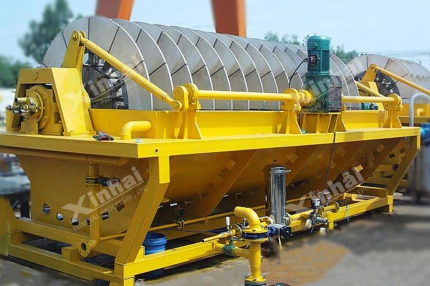
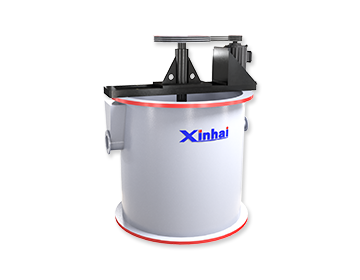
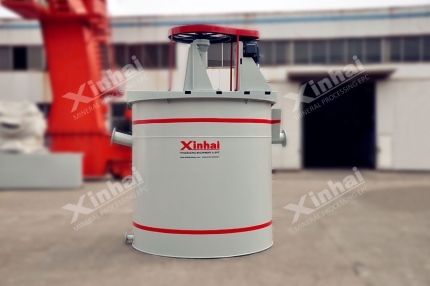
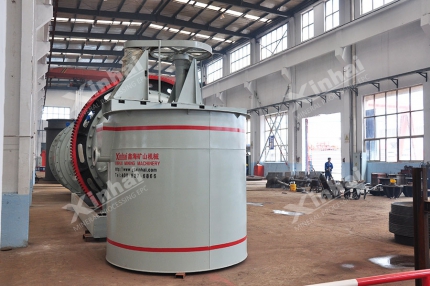

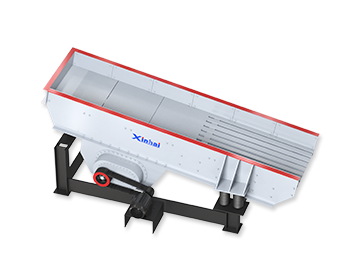
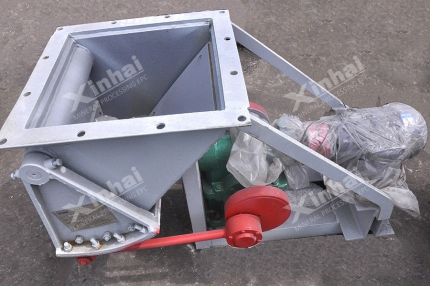
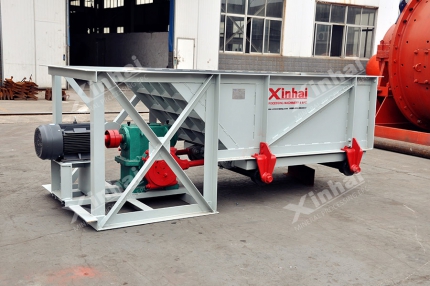
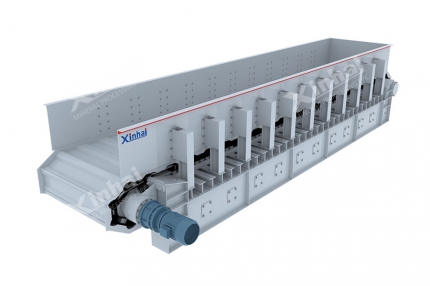
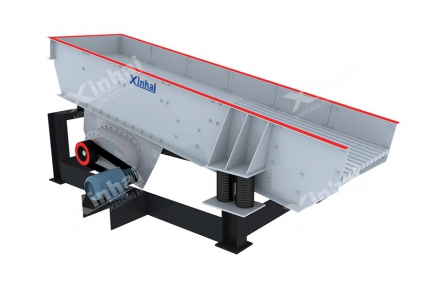
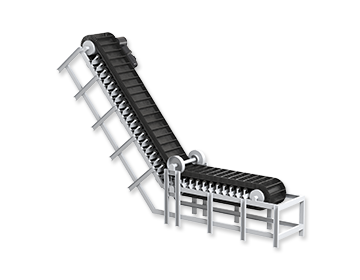


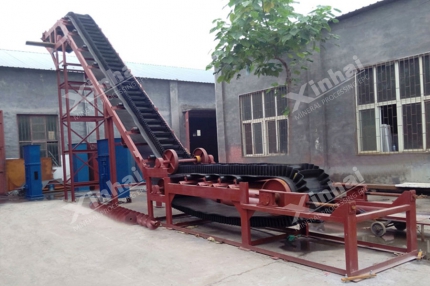
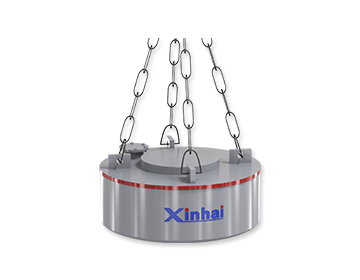
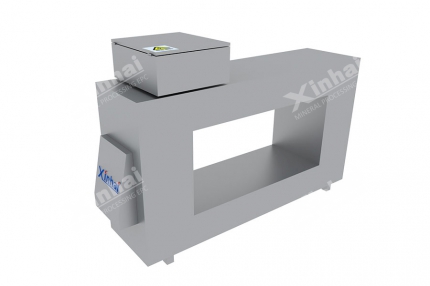
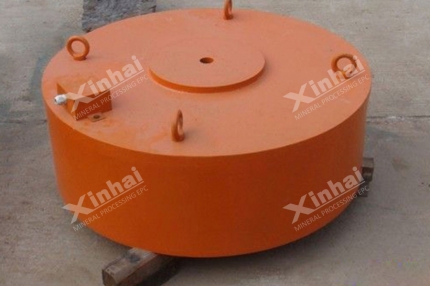
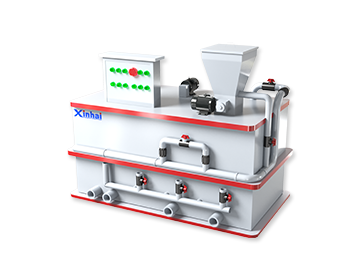
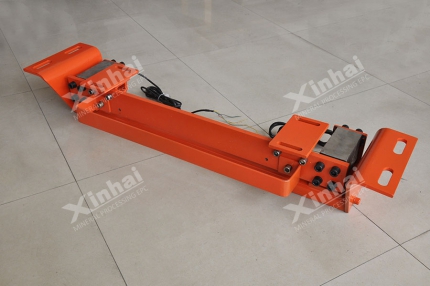
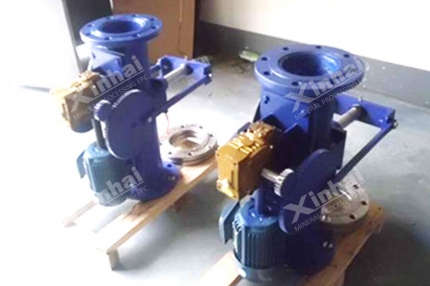
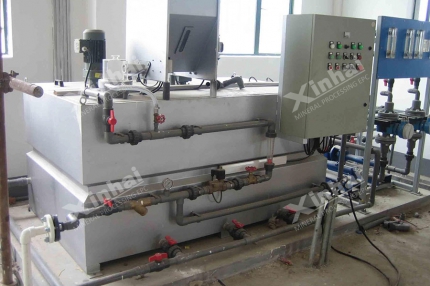
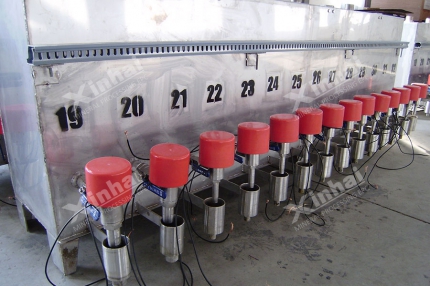
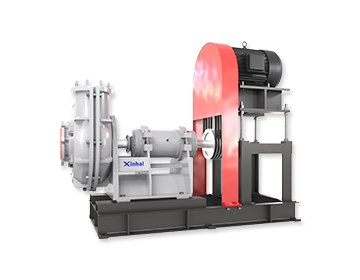
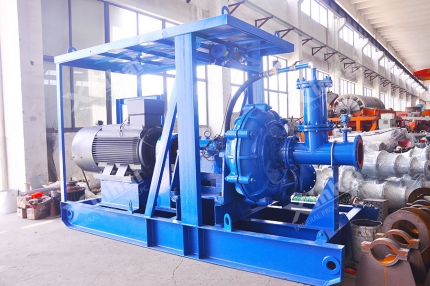

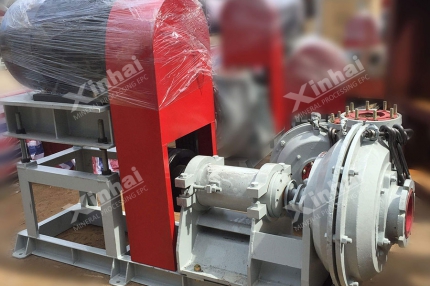
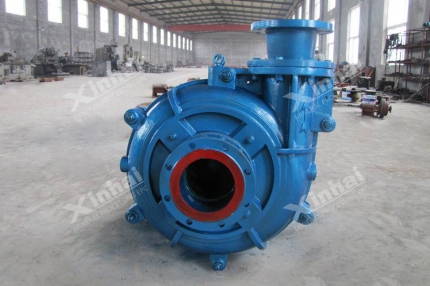
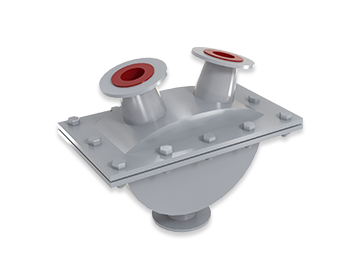
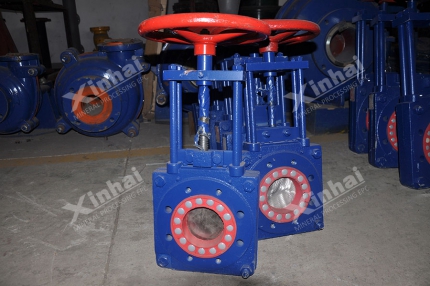
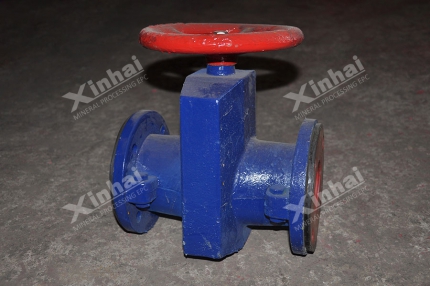

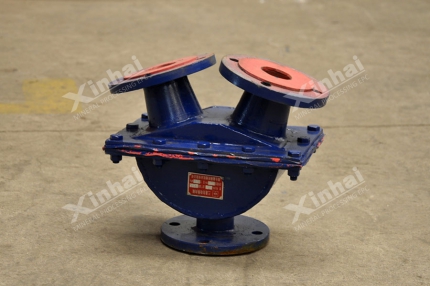
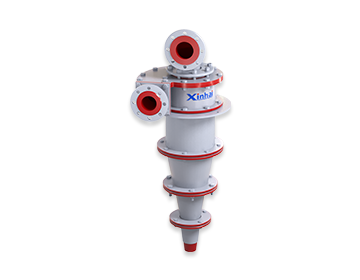

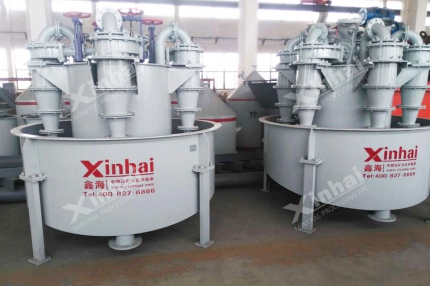
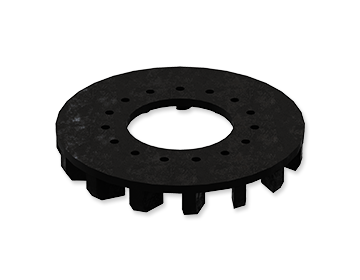
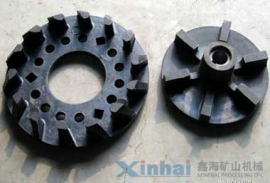
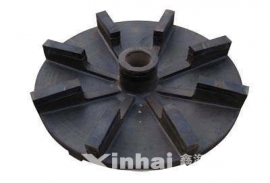
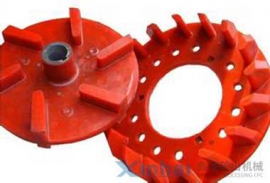
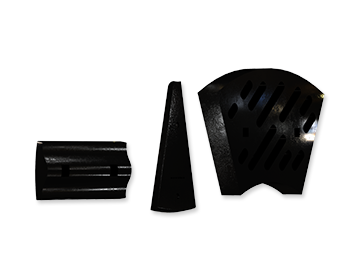
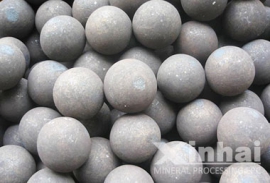

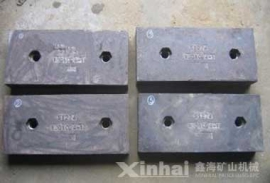

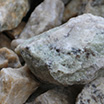
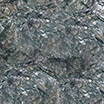
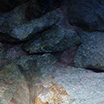
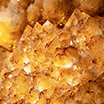


 CHAT
CHAT MESSAGE
MESSAGE



